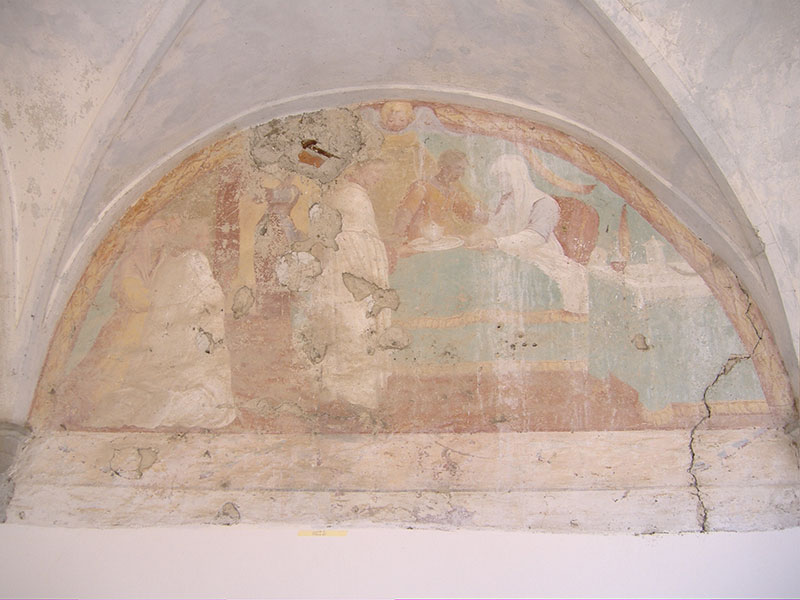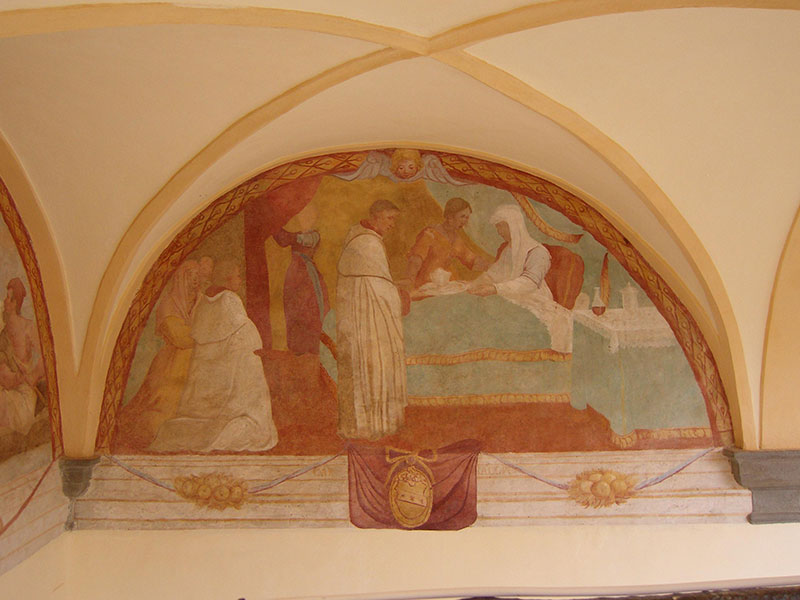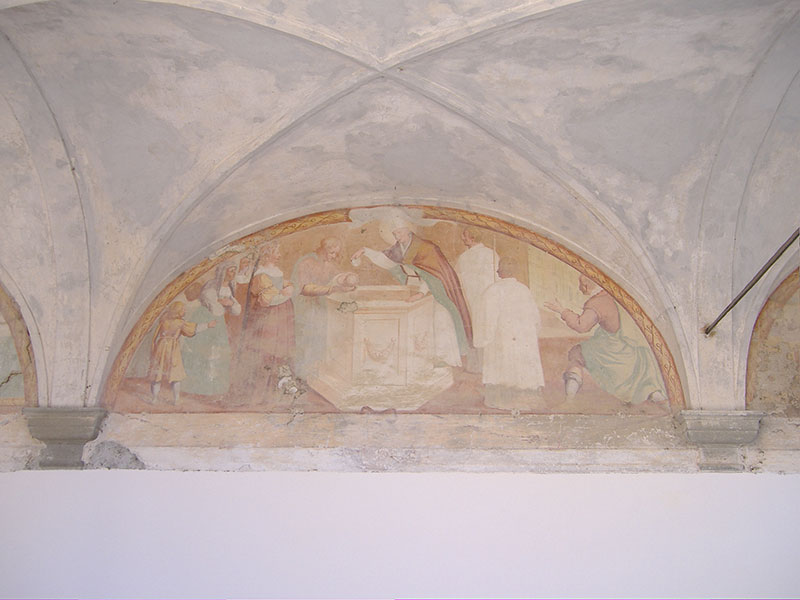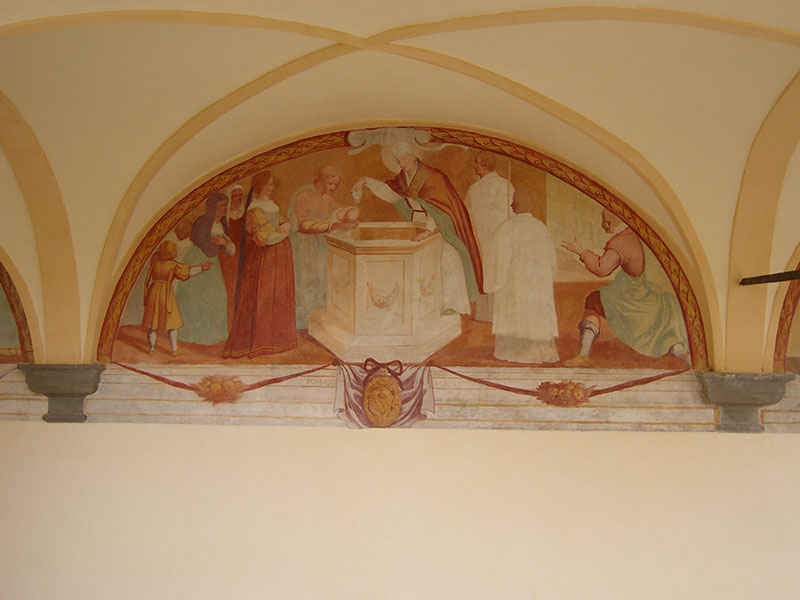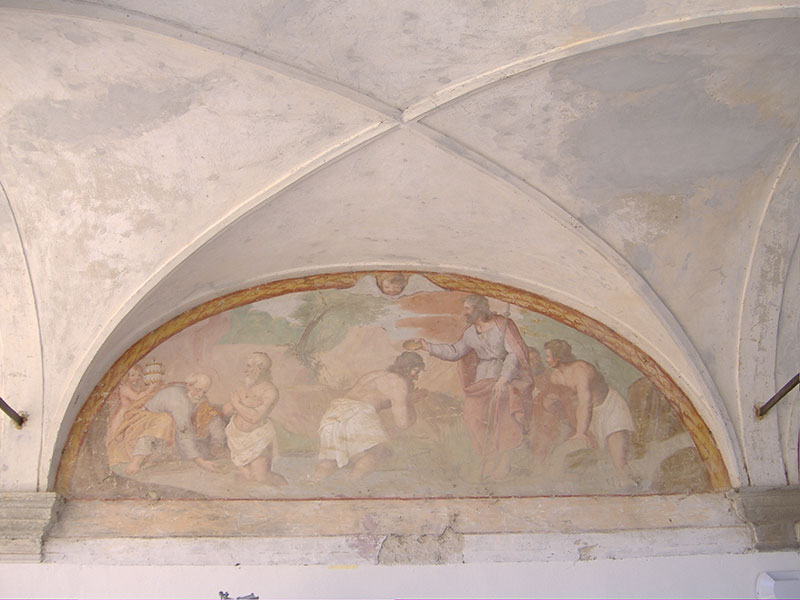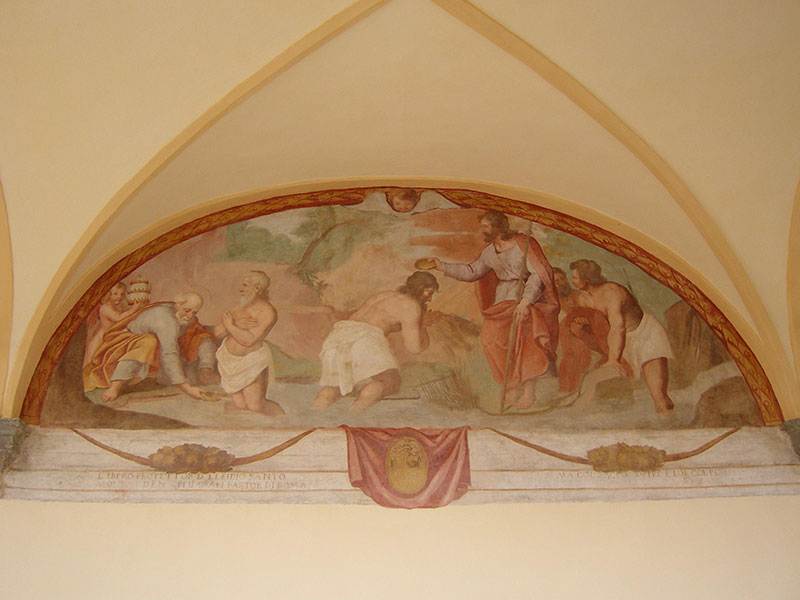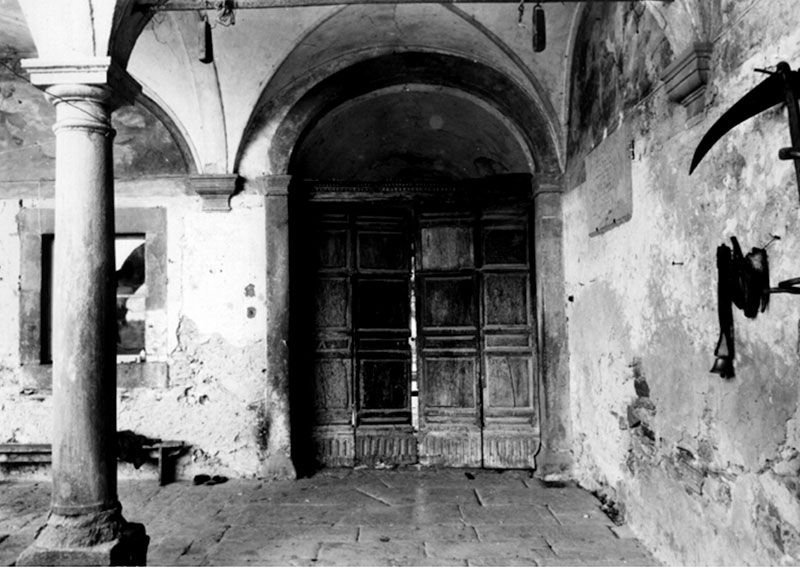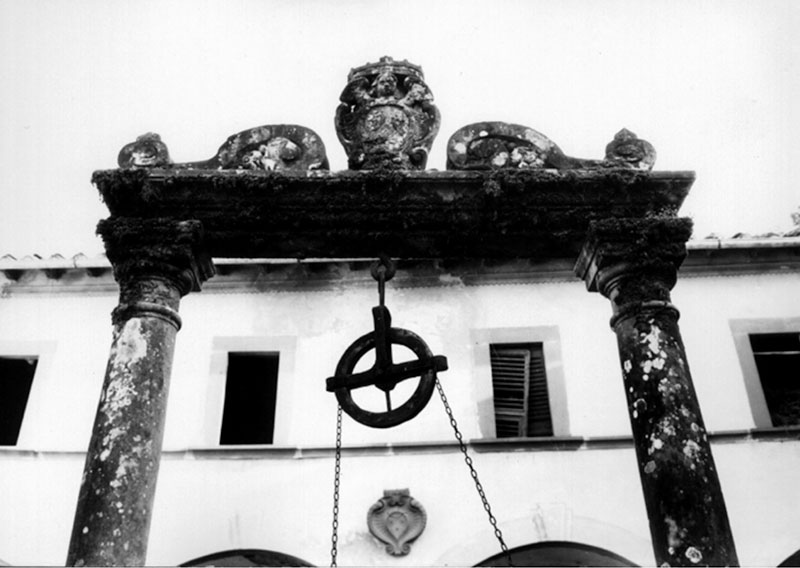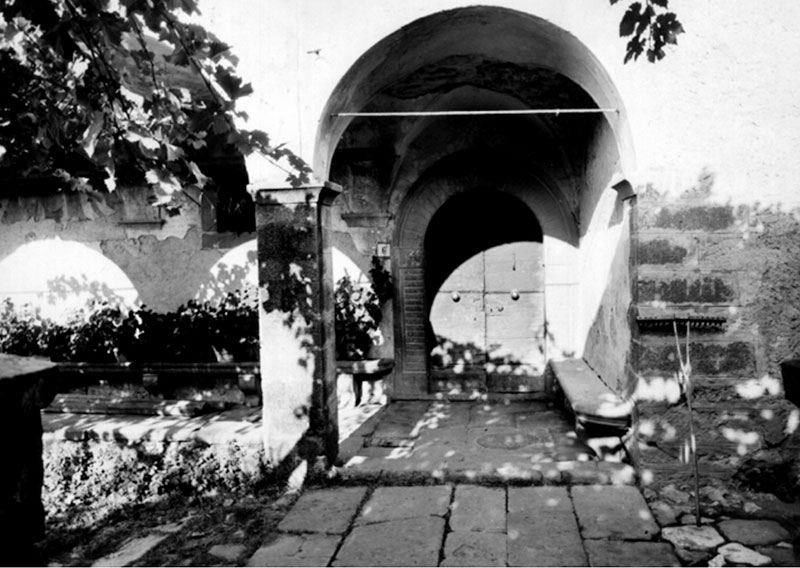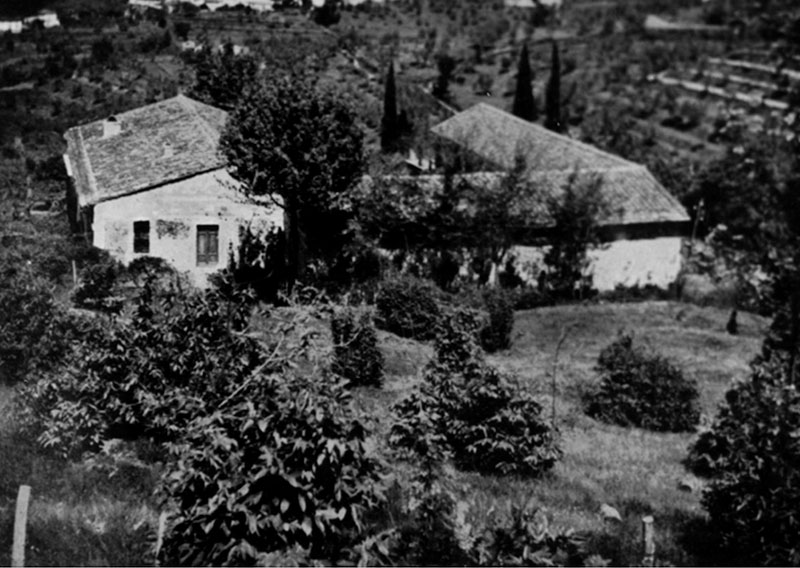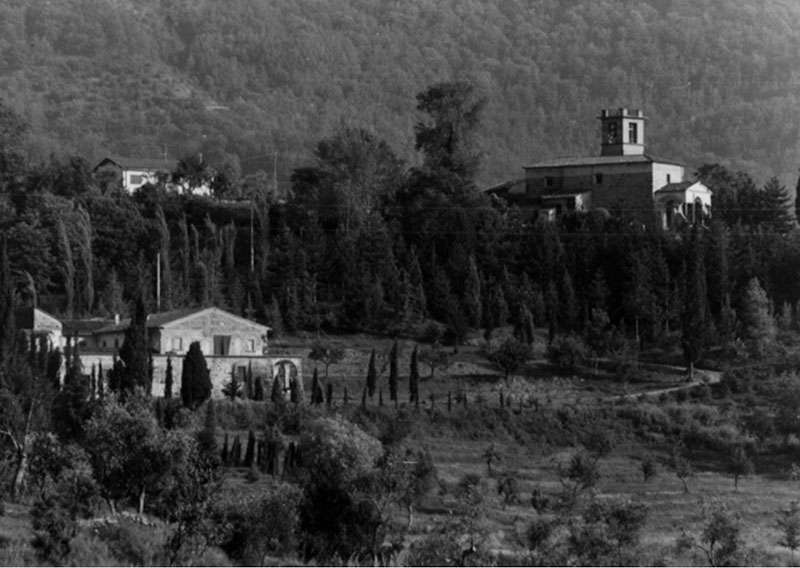
Lovingly restored by its local owner Convento del Carmine is steeped in a colourful history.
History
restoration
The history of the Convent dates back to 1568 when Elizabeth of Cerignano gave her son, a monk of the Carmelites, the land on which the Convent was built and of which he then became the prior. They lived in Elizabeth’s house and after 20 years they had already constructed a church (dedicated to Madonna of the Snow) and the Renaissance style convent with its cloisters and sandstone columns. The murals which decorate the ‘lunette’ of the cloisters are attributed to Stefano Lemmi from the Bolognese school of artists.
The convent grew rapidly in the 1600s and 1700s and pictures of the period demonstrate the continuing growth and importance of the convent. Furthermore, it was situated in an important and strategic location on the ancient road which joined Lunigiana & Garfagnana.
For several years between 1660 to 1687 the monk Angelo Paoli lived here and in 2010 he was beatified to become the Blessed Angelo Paoli. After about 200 years the convent, as many others at the time in this area, came under the control of the Grand Duke of Tuscany Pietro Leopoldo and was closed. All the monks were sent away in 1782 and the church was deconsecrated and the six alters were removed. The earthquakes of 1835 and 1920 completely destroyed the church.
During World War Two the convent was refuge to many locals during the heavy bombing in the area. The convent then continued to be lived in by local ‘contadini’ who worked on the land and after several years of different owners the convent was purchased at the end of the 1800s by the Adreani family of Fivizzano who to this day still own the convent. The Adreani family kept the ‘contadini’ at the convent until around 1970 and then the property was partly restored by Ennio Adreani, a famous doctor – one of the first founders of acupuncture in Italy. Ennio went to live at the convent where he received his patients and continued with his medical research until he died in 2000. Ennio travelled to Africa and other places of the world and left the convent to his nephew Giovanni who till this day is the proud owner of this truly magical and beautiful property set within the unspoilt, green hills of Lunigiana. In 2008, Giovanni employed artists from the Botticino School and the Belle Arti Academy in Brescia to restore the extensive and stunning frescoes within the cloister. Today guests are privileged to enjoy these beautifully restored and exceptional frescoes.

